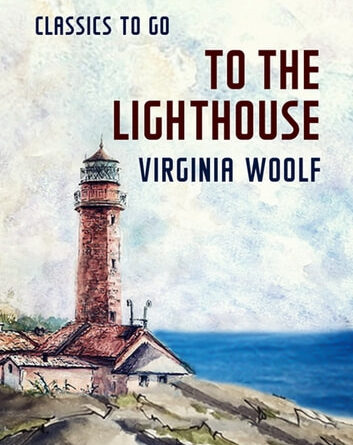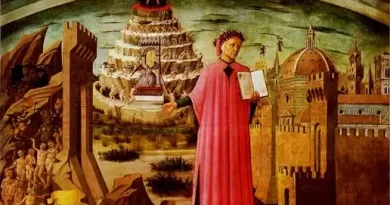To The Lighthouse, Virginia Woolf’s 1927 Masterpiece
“To The Lighthouse,” published in 1927, is one of Virginia Woolf’s most celebrated novels. It is a pioneering work of modernist literature, characterized by its stream-of-consciousness narrative style, innovative structure, and deep psychological insight into its characters.
The novel is set in the Ramsays’ summer home in the Hebrides, on the Isle of Skye in Scotland. The narrative is divided into three sections: “The Window,” “Time Passes,” and “The Lighthouse.” The story revolves around the Ramsay family and their guests, exploring their complex relationships, personal ambitions, and the passage of time.
The Window
The first section, “The Window,” introduces the Ramsay family and their guests. Mrs. Ramsay, the matriarch, is the emotional center of the family, providing love and support to those around her. Mr. Ramsay, a philosopher, is intellectually rigorous but emotionally distant. Their eight children, including James, who has a strong desire to visit the lighthouse, are also introduced. The section also introduces Lily Briscoe, a painter and friend of the family, who struggles with her art and the societal expectations of women.
Time Passes
“Time Passes” is the shortest section of the novel, and it marks a departure from the traditional narrative. It serves as a bridge between the two main sections of the novel, and it is here that Woolf explores the passage of time and the impermanence of life. The section is marked by the deaths of Mrs. Ramsay and two of her children, events that are mentioned almost in passing, emphasizing the relentless march of time.
The Lighthouse
The final section, “The Lighthouse,” takes place ten years after the first section. The surviving members of the Ramsay family and their guests return to the summer home. The long-awaited trip to the lighthouse finally takes place, led by Mr. Ramsay and accompanied by his children James and Cam. Meanwhile, Lily Briscoe completes the painting she started ten years ago, achieving a sense of personal and artistic fulfillment.
Themes and Analysis
“To The Lighthouse” is rich in themes and motifs. One of the central themes is the passage of time and the impermanence of life, as seen in the “Time Passes” section. The novel also explores the nature of reality and perception, the role of women in society, and the struggle between the subjective self and the objective world.
The novel is also notable for its exploration of the artistic process, primarily through the character of Lily Briscoe. Her struggle to create art in a society that expects women to conform to traditional roles mirrors Woolf’s own experiences as a female writer in a male-dominated literary world.
Reception and Legacy
“To The Lighthouse” is widely regarded as one of Woolf’s greatest works and a landmark of 20th-century literature. Its innovative narrative style and deep psychological insight have influenced countless writers and continue to be studied and admired to this day.
In conclusion, “To The Lighthouse” is a profound exploration of human consciousness, the nature of art, and the fleeting beauty of life. It is a testament to Virginia Woolf’s genius and a shining example of her ability to transform the ordinary into the extraordinary.



